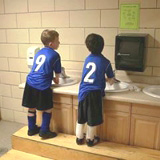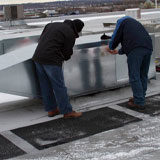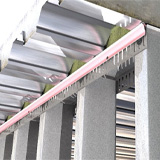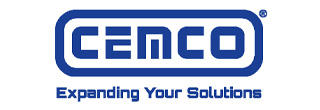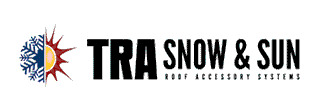JOIN US IN YOUR CITY • REGISTER BELOW • ATTENDANCE REPORTED ON A PER-PRESENTATION BASIS
Denver, CO - Tuesday May 3, 2022

Denver, CO
Event Date
Tuesday May 3, 2022
7:30 am - 5:30 pm
Available Credits
Up to 8 AIA HSW/LU CE Hour(s)
Up to 4 GBCI General Hour
Up to 1 ADA Accessibility / Barrier-Free Req.
Up to 1 IDCEC HSW CEU(s)
Up to 1 RCEP PDH(s) for Engineers
Maggiano's Little Italy
500 16th St Mall
Denver, CO 80202
Denver, CO 80202
Event Agenda
Tuesday, May 3, 2022
7:30 am
|
|
8:00 am
|
Sponsored By PROSOCO 1 AIA HSW/LU CE Hour(s) 1 GBCI General Hour Learning Objectives:
|
9:10 am
|
Sponsored By Case Systems 1 AIA HSW/LU CE Hour(s) 1 GBCI General Hour Learning Objectives:
|
10:20 am
|
Sponsored By PROSOCO 1 AIA HSW/LU CE Hour(s) Learning Objectives:
|
11:30 am
|
Sponsored By Eagle Roofing 1 AIA HSW/LU CE Hour(s) 1 GBCI General Hour Learning Objectives:
|
12:30 pm
|
|
1:00 pm
|
Sponsored By Bradley Corporation 1 ADA Accessibility / Barrier-Free Req. 1 AIA HSW/LU CE Hour(s) 1 IDCEC HSW CEU(s) 1 RCEP PDH(s) for Engineers Learning Objectives:
|
2:10 pm
|
Sponsored By Cambridge Air Solutions 1 AIA HSW/LU CE Hour(s) 1 GBCI General Hour Learning Objectives:
|
3:20 pm
|
Sponsored By CEMCO 1 AIA HSW/LU CE Hour(s) Learning Objectives:
|
4:30 pm
|
Sponsored By TRA Snow & Sun 1 AIA HSW/LU CE Hour(s) Learning Objectives:
|
State CE Requirements
|
Colorado Department of Regulatory Agencies, Division of Registrations, Licensing and Support Section (303) 894-7800 Renewal Cycle: Biennial, Renewal Total Hours Required: 12 HSW annual, 24 Hours per renewal cycle Renewal Deadline: October 31, odd years |
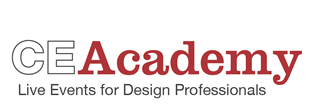

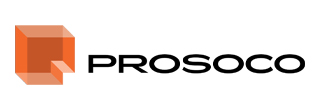

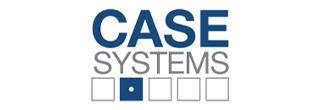

.jpg)

